[Originally Published on Fog's Movie Reviews, Fall 2013]
Here is a Halloween Special for you all.
There is a long history of movies where nature strikes back at the human world. From the "Island of Lost Souls" to "The Happening", Mother Nature proves that she is not someone to be messed with. (Although running away from the wind may just be the one way to mess with her that would cause her to crack up and just stop trying to wipe us out). The most fertile period of time for these far fetched stories was the post war atomic age when exposure to radiation causes giant ants, killer rabbits, and irritated amphibians. In the lengthy annals of horror films featuring monsters that are simply real creatures pushed to the brink, no animal, fish or insect has been more widely used to terrify us than the spider. Most people instinctively withdraw their hands from proximity to a spider. The hair on the back of our necks raises at the thought of one normal spider crawling across our flesh. It is therefore no surprise that out sized spiders have been a go-to critter whenever a film maker is looking for a way to scare us. Our fear of spiders is also something that is regularly mocked. In "Annie Hall, Woody Allen's character jokes " Honey, there's a spider in your bathroom the size of a Buick." It is this combination of the frightening and the ridiculous that makes "Eight Legged Freaks" a movie that I want everyone to see.
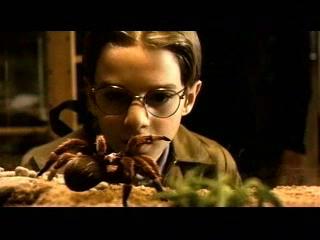 This
2002 horror comedy has a enough to recommend it despite being cheesy as
hell and way over the top. While there are a couple of legitimate
scares and plenty of creepiness to make this a fun horror film for
anyone who doesn't want their terror too gory, the biggest selling point
is the humor. This film is a hoot and should give you a couple of
laughs to brush off the ickiness of watching spiders. Most of the laughs
are intended unlike some other films in this unique category. A
small dying Arizona town ends up being over run by spiders that have
been contaminated by toxic waste. It seems a spider wrangler named
Joshua is planning on making a fortune selling these quickly growing
arachnids to collectors and spider enthusiasts. The creepy Joshua is
played by genre veteran Tom Noonan. His friendship with the bright
preteen son of the local sheriff allows a little time for exposition on
the spiders and their habits, once that is done, exit Joshua after
providing a convenient start to the story. There is not much doubt that
we will need that information later, because we get some nice quick
little illustrations of what each breed of spider is capable of.
Unfortunately, young Mike falls into "Wesley Crusher" syndrome and
becomes the one source of knowledge that anyone needs for the rest of
the movie.
This
2002 horror comedy has a enough to recommend it despite being cheesy as
hell and way over the top. While there are a couple of legitimate
scares and plenty of creepiness to make this a fun horror film for
anyone who doesn't want their terror too gory, the biggest selling point
is the humor. This film is a hoot and should give you a couple of
laughs to brush off the ickiness of watching spiders. Most of the laughs
are intended unlike some other films in this unique category. A
small dying Arizona town ends up being over run by spiders that have
been contaminated by toxic waste. It seems a spider wrangler named
Joshua is planning on making a fortune selling these quickly growing
arachnids to collectors and spider enthusiasts. The creepy Joshua is
played by genre veteran Tom Noonan. His friendship with the bright
preteen son of the local sheriff allows a little time for exposition on
the spiders and their habits, once that is done, exit Joshua after
providing a convenient start to the story. There is not much doubt that
we will need that information later, because we get some nice quick
little illustrations of what each breed of spider is capable of.
Unfortunately, young Mike falls into "Wesley Crusher" syndrome and
becomes the one source of knowledge that anyone needs for the rest of
the movie.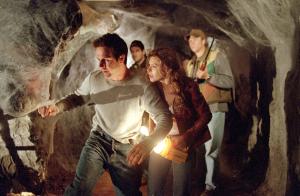 Mike's mother is the sheriff and she has eyes for the
returning son of the deceased owner of the local mine. A largely
superfluous romantic plot that gives star David Arquette something more
to do when he is not reacting to big damn spiders.
Mike's mother is the sheriff and she has eyes for the
returning son of the deceased owner of the local mine. A largely
superfluous romantic plot that gives star David Arquette something more
to do when he is not reacting to big damn spiders.Most of the plot details don't matter because the movie is an excuse to use CGI spiders that are huge and have them do creepy things to the locals. The number of other films referenced here is pretty substantial. There is a "Dawn of the Dead" vibe based around the location the locals choose to make their stand against the spiders. "Gremlins" is cribbed from as the spiders begin to overtake the town. The 1950s creature features are acknowledged with a clip from "Them!" playing on the TV in the background of one scene. "Eight Legged Freaks" plays out sometimes like a Frankenstein version of a horror film with a part inserted here and some leftover ideas from there being added on.
So if the movie is derivative and it is not really scary, what is it that would make you need to see it? The answer is twofold; fun shots of CGI Spiders and occasional Three Stooges type humor. The weaker of the two elements are the jokes. It is a hit or miss proposition, For every well placed L.Ron Hubbard crack, there is a bad piece of camera mugging by one of the actors. There is a cute oblique reference to a Monty Python Parrot sketch and then at some other point there is a slightly unfunny double take done by Doug E. Doug. Arquette actually ad-libbed his line about the big bugs being "eight legged freaks" and it is one of the pieces of dialogue that works and it became the title of the film as a result. If only all of the script's dialogue had had that sense of crazy frustration. There are a few too many Alien conspiracy jokes that involve anal probes. The film is directed at a tween audience, so there are romantic subplots and potty humor. This would be a pretty good Halloween Film for your 8 to 12 year old kids.

The stronger argument for seeing the film concerns the spider shots. There are some cool ideas that work despite the ancient CGI technology involved. At one point a teen is being chased by spiders that can jump twenty yards at a time, he rides his motorbike through the hills and makes a jump himself that has a fun kick to it. Of course a dozen other kids get taken and are never heard from or referenced again. This is a comedy after all not really a horror show. The old barber who take refuge in the sporting goods shop, is followed by an animated tent across the floor of the store. It is a corny joke that works because none of this is being taken seriously. Even the sections where you don't actually see the spiders are visually interesting. Trap door spiders start taking down ostriches at a local ranch and the vanishing birds are the punchline. There is a great showdown between a cat and one of the big spiders that takes place inside the walls of the deputies home. It is visualized in an amusing way and it sets the tone for the film early in the stages of the spider invasion.
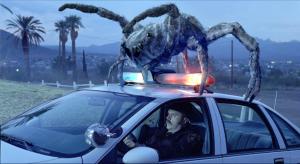 The
initial stages of the spider invasion feels like that section of
"Gremlins" when the gruesome little monsters take over the town. All
hell breaks loose and there are panicked citizens running through the
streets. Some people get wiped out and others stare in disbelief as it
happens. Then they run and some comic bit with a spider trying to eat a
stuffed moose-head is inserted. The lead up to the town being over run
is sometimes not as fun as it should be but once the shooting of spiders
starts the mayhem turns into the goofy monster-fest the film has wanted
to be from the beginning.
The
initial stages of the spider invasion feels like that section of
"Gremlins" when the gruesome little monsters take over the town. All
hell breaks loose and there are panicked citizens running through the
streets. Some people get wiped out and others stare in disbelief as it
happens. Then they run and some comic bit with a spider trying to eat a
stuffed moose-head is inserted. The lead up to the town being over run
is sometimes not as fun as it should be but once the shooting of spiders
starts the mayhem turns into the goofy monster-fest the film has wanted
to be from the beginning.
The last act of the film features a march of arachnids not seen since "Starship Troopers". Hundreds of giant spiders crawl over the screen and the locals try to shoot, squash, stab, fry and puncture them. Plenty of green splatter fills the edges of the movie, instead of the blood that would be there from the humans being shredded. The use of "Itsy Bitsy Spider" as a musical motif keeps things light in spite of the dozens of casualties the townsfolk run up during the attack.
As I re-watched this, I experienced many cringe worthy moments of humor that failed and acting that isn't. The kids in the movie are wooden, including a very young Scarlett Johansson. Her next movie would feature that shot of her behind that opens "Lost in Translation", but here she is playing a little younger and sexy is not really the mood they were looking for. David Arquette is better suited for a role like the weird deputy in "Scream" than he is for playing action hero. Doug E. Doug and Rick Overton are the comic relief and both of them mug shamelessly for the camera. The human element is not the movies strong suit. Don't worry though because big ass spiders are coming and once they start overrunning the town, you will have a pretty fun time.
There are better horror films and there are better horror comedies. "Arachnophobia" may be the best analogous movie but it lacks spiders the size of a tank and visuals of people being dragged off and spun into webs. Even though this is the mildest recommendation I have yet made for "Movies I Want Everyone to See", there is something that makes me push the button for this movie. It's probably just that I'm tickled by shots like this:

Richard Kirkham is a lifelong movie enthusiast from Southern California. While embracing all genres of film making, he is especially moved to write about and share his memories of movies from his formative years, the glorious 1970s. His personal blog, featuring current film reviews as well as his Summers of the 1970s movie project, can be found at Kirkham A Movie A Day.











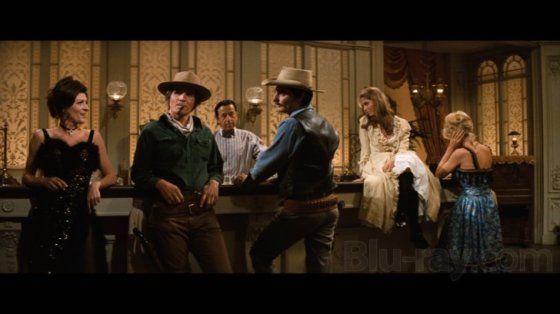
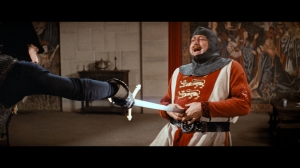
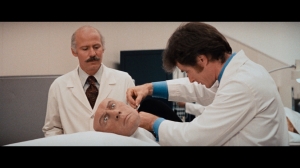

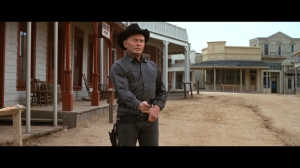
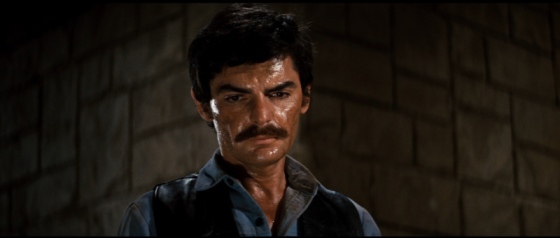
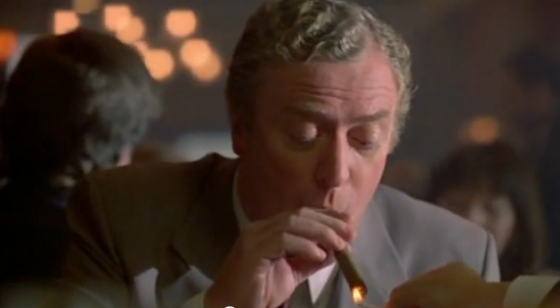


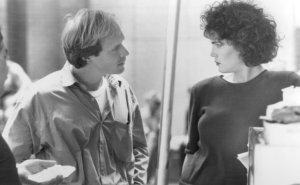
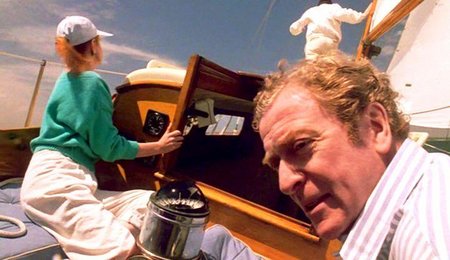
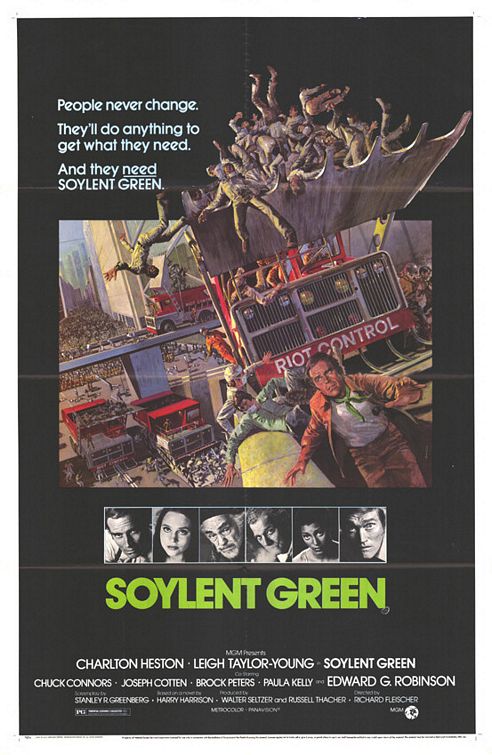

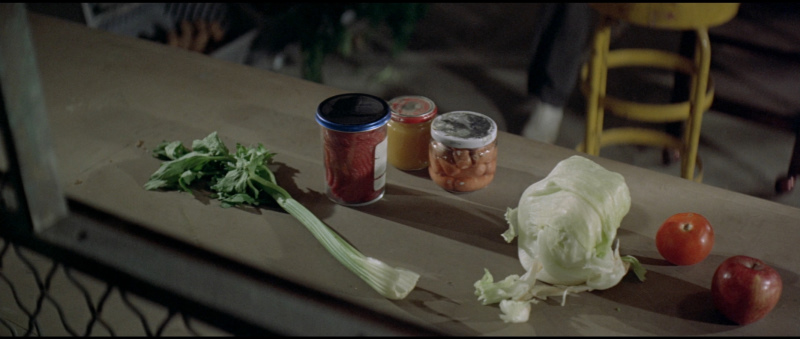
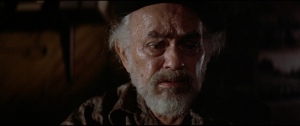

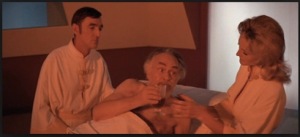
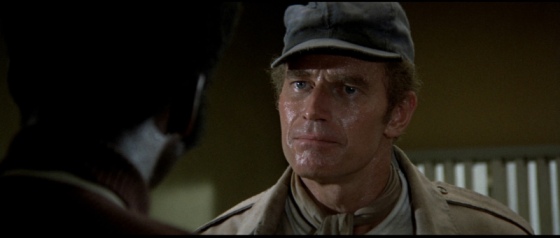
_01.jpg)